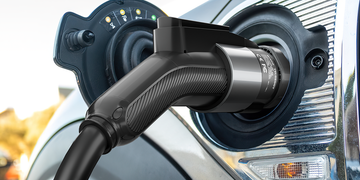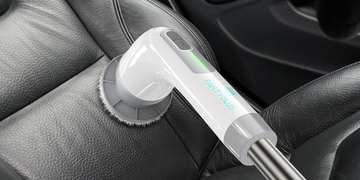How much electricity does it take to charge a Tesla? The electricity consumption to charge a Tesla depends on the model of the car, its battery capacity, and the charging method used. Here are some general estimates:
Tesla Model S:
The Model S comes with various battery capacities, typically ranging from around 75 kWh to 100 kWh. Charging efficiency is not 100%, so you might need slightly more electricity than the rated capacity of the battery. For example, if you have a 75 kWh battery, you might use around 80 kWh to charge it fully.
Tesla Model 3:
The Model 3 has different versions with varying battery capacities. The Standard Range Plus version, for instance, has a battery capacity of around 54 kWh. The Long Range and Performance versions have larger batteries.
Tesla Model X and Model Y:
Like the Model S and Model 3, the Model X and Model Y come with different battery capacities, usually ranging from around 75 kWh to 100 kWh.
Charging Efficiency:
Charging efficiency refers to the energy lost during the charging process. While charging, some energy is lost as heat. The efficiency can vary based on factors such as the charging method (Level 1, Level 2, or DC fast charging) and the state of the battery.
Charging Methods:
The charging rate depends on the charging method used. Level 1 chargers (standard household outlets) provide a slower charging rate than Level 2 chargers (240-volt outlets or Tesla Wall Connectors). DC fast charging stations offer the fastest charging rates.
As a rough estimate, you can use the following formula to calculate the energy required:

What factors impact the cost of charging a Tesla?
While charging a Tesla is almost always cheaper than filling up an ICE vehicle with gas, the price difference will depend on several factors. We’ll explain some of the major considerations to maximize your savings when weighing your charging options.
1. Your electricity source
Because you use electricity to charge a Tesla, it’s no surprise that the biggest factor that will affect the cost of charging is your electricity source. For example, you may pay for your utility’s standard offering or you might choose an electricity alternative, such as community solar, a community choice aggregation (CCA), or a green power plan (GPP). Typically, community solar subscribers pay less annually to charge their Teslas. However, your utility’s standard offering might be cheaper than a CCA or GPP. To learn more about how these alternative electricity sources compare, be sure to check out this article.
If you’re really looking to generate savings, the best way to charge your Tesla is with a rooftop solar system: once you pay off your system, you’ll essentially be able to charge it for free!
2. The size of your Tesla’s battery
Unsurprisingly, you’ll pay more per charge if your car has a larger battery capacity. However, depending on your Tesla’s range, you may still pay less per mile with a large battery, and you’ll also have to charge your vehicle less frequently.
3. The type of charger you use
When you charge your EV’s battery, not all of the energy you use is stored in the battery: some is lost as heat, some is used to keep the battery at an adequate temperature, and some escapes as “transmission loss” (a process that’s quite technical, so we won’t get into the details). The level of EV charger you use can substantially impact the amount of energy that’s lost as heat – higher voltage charging generally equates to less energy loss.
For example, Level 1 chargers (AKA 120-volt regular outlet chargers) and Level 2 chargers (AKA 208- or 240-volt standard home chargers) have to convert alternating current (AC) electricity from your home into direct current (DC) electricity that can be stored by your EV’s battery. This conversion produces heat, leading to energy loss. On the other hand, using a Level 3 charger (400-volt chargers you’d find at public charging networks) is referred to as DC fast charging because they provide DC electricity, so no conversion losses occur. According to an article from Car and Driver, Level 3 chargers typically see efficiency above 90 percent, whereas Level 1 or Level 2 chargers typically reach about 85 percent, with some dropping to as low as 60 percent in cold weather.
Charging costs also vary if you opt to use one of Tesla's Superchargers.
The table below shows the charging efficiency of various Tesla models using a 208-volt Level 2 charger. These numbers are based on documents filed with the EPA in which batteries went from zero percent to 100 percent charge – because this represents a more dramatic scenario than would typically occur, these numbers are considered conservative.
Tesla Model charging efficiencies

*Based on model year 2022, the closest model listed by the EPA.
**Based on model year 2021, the closest model listed by the EPA.
***Based on the 2021 Performance model, the closest model listed by the EPA.
How much electricity does it take to charge a Tesla? Certain utilities have rate structures that adjust the rate you pay for electricity over the course of the day or year based on when electricity is in high demand. These rate structures, called time-varying rates, will vary by utility but generally charge more when the cost of generating electricity and the demand for electricity is high – such as in the middle of the afternoon on a hot day. Typically, you’ll pay less to charge your Tesla after you’ve gone to bed if you live in an area with this type of rate structure.
It's important to note that these are general estimates, and actual energy consumption can vary based on specific conditions, driving habits, and other factors.





